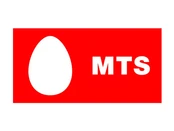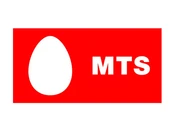
LTV – Life time value (or Customer Life time value ) is a really an important metrics. But how to calculate this & take value added business decisions. Let’s see
Customer Life Time Value (CLTV) is quite an important metrics, but it is a highly ‘Confused’ metrics also. Different organizations calculate it in different manners. But the basic underlying objective of CLTV is to take proper business/marketing decisions based on this. It helps marketeers to optimize their budgets & ROI on different channels
The basic underlying objective of CLTV is to take proper business/marketing decisions based on this. It helps marketeers to optimize their budgets & ROI on different channels.
1) First of all based on your nature of business, identify the Time Period. e.g. a travel business can take 1 year, an e-commerce business can take 3 months or 6 months, a furniture business can take 18-24 months and so on.
2) It’s always advisable to take the calculation on micro level. So break CTLV based on platform (like app & desktop) and then further to the channel (like Facebook, email, SEO etc)
3) Take a reference month e.g. Month 1 and then last month as Month 12
4) Now here let’s take app as platform and Facebook as channel. Now for Month 1 identify the amount of money spend. Let’s take this as Rs 100,000
5) By spending Rs 100,000 on FB for app, suppose you acquire 100 customers. So CAC/CPA is Rs 1,000
6) Now track these 100 users’ bookings/orders over the decided Time Period (note that brand should not spend any money for repeat purchase as this customer is already acquired. But in reality this is not simple. It is little complex and tricky. Brand will be spending some money to make customers come back.)
7) Now make buckets of customers as shown below & calculate
As already mentioned that CLTV can be quoted in multiple ways. It differs from organization to organization

1) Which channel of acquisition is best for you. Sometimes a channel A is costly but gives more CLTV as compared to channel B (which is cheaper)
2) Which channel is producing most GMV or margin e.g. customer through channel A has a CLTV of 2 (i.e. makes an avg of 2 purchase in a specified time) but their spending power is very good and hence high GMV
3) Optimum level of spends for a particular channel. e.g. spending high amount on channel A makes the CAC high, but also increase the CLTV. By experimenting you can judge intelligently the inflexion (best) point of spends for a channel. See the chart below

One should see a bigger picture which can be properly seen by CLTV lens.
P.S. 2:- The basic underlying concept of LTV remains the same i.e. to find the ROI (value) of a customer when acquired over a period of time
P.S. 3:- In organization CLTV is broken at 3 levels viz a) Platform (app, desktop, tablet etc.) b) Channel (FB, Google, email etc.) c) Product lines
























